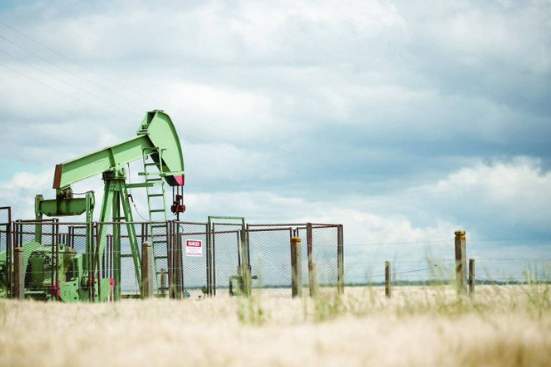Monday’s U.S. crude oil futures fell 1% as traders assessed how Tropical Storm Beryl affected Gulf Coast refining, manufacturing, and export facilities.
$USO U.S. crude oil prices fall nearly 1% as market tracks path of Hurricane Berylhttps://t.co/P3lKqgYjvm… pic.twitter.com/hCT0zah3c8
— Top Stock Alerts (@TopStockAlerts1) July 8, 2024
According the National Hurricane Center (NHC), Beryl made landfall close to Matagorda, Texas, as a Category 1 hurricane with maximum sustained winds of 80 miles per hour. About 150 miles northeast of Corpus Christi, a main U.S. crude export hub, Matagorda is
Beryl was downgraded by the NHC to a tropical storm with maximum sustained winds of 60 miles per hour and should continue to weaken as it moves northeast.
“Oil and products are sliding on the storm as some of the worst-case scenarios of Hurricane Beryl, thankfully, won’t come to be,” observed Phil Flynn, senior analyst at the Price Futures Group, in a Monday comment.
Monday’s Energy Cost:
August contract: West Texas Intermediate (WTI), $82.33, down 83 cents, or 1%. U.S. oil’s year to date gain is 14.9%.
Down 79 cents, or 0.91%, Brent September contract: $85.75 per barrel. The world benchmark is up 11.3% year to date.
RBOB Gasoline: Down 2 cents, or 0.83%, August contract: $2.53 a gallon. Fuel has climbed 20.7% year to date.
Natural Gas: Up 4 cents, or 2.03%, August contract: $2.36 per thousand cubic feet. Gas down 5.9% year to date.
The Reaction of Shell and Industry Forecast
🚨🚨Crude oil prices continue to fall and are close to the first target we are waiting for at $81.84, below which the decline will continue to $80.08. #WTI
Therefore, we expect more declines in the coming sessions #oil
It is important to note that a breakout above $82.75 will… pic.twitter.com/gAk401Te7O
— Jennie (@Jennie_XAUUSD) July 9, 2024
About 200 miles south of Galveston, Shell has closed operations and evacuated staff from its Perdido platform. Andy Lipow, president of Lipow Oil Associates, said the platform was generating about 100,000 barrels daily, roughly 5.5% of Gulf of Mexico oil output.
“The consumer will get their fuel; I do not see this storm having any appreciable impact on supply or price. Most people will not even notice, Lipow said in a Sunday statement.
Lipow also pointed out that gasoline prices should stay steady through the hurricane, even if there would be some slowing down of refining activities and delayed product delivery to Florida. But prices could rise later as crude futures have lately been rising.
Seasonal Concerns Regarding Hurricanes
With Colorado State University projecting a “very active” storm season, investors are cautious of this year’s hurricane season.
AAA reports that Monday’s average gasoline prices at the pump were almost $3.50 per gallon nationally, a cent increase over last week but 3 cents less than last month.
Denton Cinquegrana, chief oil analyst at Oil Price Information Service, stated on Friday’s “Fast Money” on CNBC “there’s enough market momentum to push prices higher throughout the next couple weeks, probably up to about $3.60 or so.”
🚩Beryl Storms Weaken, Gaza Truce Talks Ease Supply Concerns, Crude Oil Prices Fall
🏁 Crude Oil short side retested 82.73 pressure twice, overall short trend continues.#WTI #USOIL pic.twitter.com/tpLpc06RXi— Forever Rebate (@ForeverRebate) July 8, 2024
Cinquegrana said, nevertheless, that unless “we have something really go nuts,” fuel prices are unlikely to exceed $4 per gallon.
Major Points:
- U.S. crude oil futures fell by 1% on Monday as traders assessed the impact of Tropical Storm Beryl on Gulf Coast refining, production, and export infrastructure.
- Beryl made landfall near Matagorda, Texas, as a Category 1 hurricane but was later downgraded to a tropical storm as it moved northeast.
- Shell shut down production and evacuated personnel from its Perdido platform, which was producing about 100,000 barrels per day.
- Average gasoline prices at the pump were around $3.50 per gallon nationwide on Monday, with potential to rise to $3.60 in the coming weeks.
- The current hurricane season is predicted to be “extremely active,” raising concerns among investors about further disruptions.
Lap Fu Ip – Reprinted with permission of Whatfinger News



